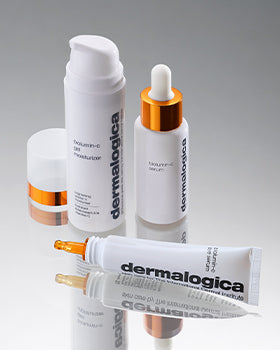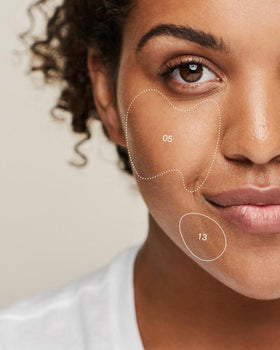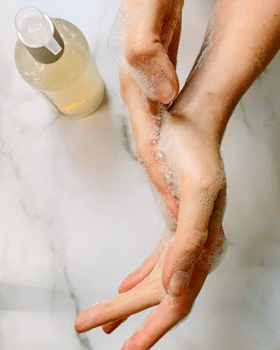In today’s fast-paced world, stressed skin is all too common. But how do you know if your skin is stressed? Stressed skin occurs when your skin struggles to perform its natural functions due to internal or external pressures – leading to symptoms like dryness, dullness, fine lines, and sagging. If your complexion feels tired, dehydrated, or more sensitive than usual, stressed skin could be the culprit. The good news: by understanding the causes and learning how to manage them, you can help restore balance and support a healthy, resilient complexion.
What Causes Stressed Skin?
- Stressed skin can result from a variety of factors that disrupt the skin’s natural balance. These are typically divided into external and internal stressors:
- External Stressors: Pollution, UV exposure, harsh weather, and environmental irritants all take a toll on your skin. Prolonged exposure to these can weaken the skin’s barrier, leading to dryness, irritation, and premature ageing.
- Lifestyle Habits: Insufficient sleep, poor diet, and dehydration exacerbate skin stress. Without proper hydration and nutrients, skin struggles to defend itself against daily challenges – leading to a tired, lackluster complexion.
- Internal Factors: Emotional stress and hormonal changes can undermine your skin’s natural resilience. These internal factors affect the skin’s ability to repair itself, resulting in a compromised barrier and visible signs of distress.
Signs of Stressed Skin
- Stressed skin shows up in several ways, and its symptoms can affect all skin types and ages:
- Dryness: A parched appearance, often accompanied by tightness or flakiness.
- Dullness: A lack of vibrancy and an uneven tone are common hallmarks of stressed skin.
- Fine Lines and Wrinkles: Premature skin ageing can occur when the skin is dehydrated or unable to repair itself effectively.
- Sagging Skin: A loss of firmness caused by weakened skin structure and reduced elasticity.
These signs are skin’s way of signalling distress, highlighting the importance of addressing the root causes of stressed skin.
How to Care for Stressed Skin
To rescue stressed skin, start by combining lifestyle adjustments and targeted skin care:
- Lifestyle Adjustments: Prioritize hydration and nutrition. Drinking enough water and eating a balanced diet rich in antioxidants can help nourish skin from the inside. Additionally, getting enough sleep and managing stress levels will give your skin a chance to recover.
- Skin Care Products: Incorporate vitamin-rich products to nourish and support your skin’s barrier. Vitamins like A, C, and E are especially beneficial in combating environmental damage, boosting hydration, and promoting skin repair. MultiVitamin Power Recovery Cream formulated with these key vitamins, is an excellent way to prevent stressed skin – and MultiVitamin Power Recovery Masque helps rescue stressed skin when it needs extra help.
- Professional Guidance: Struggling with persistent skin stress? Consult a Dermalogica skin therapist for expert advice and a customized regimen to rescue your stressed skin.



